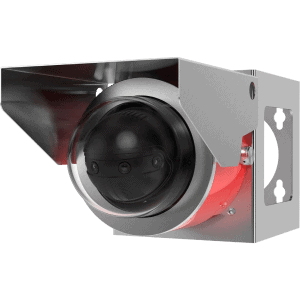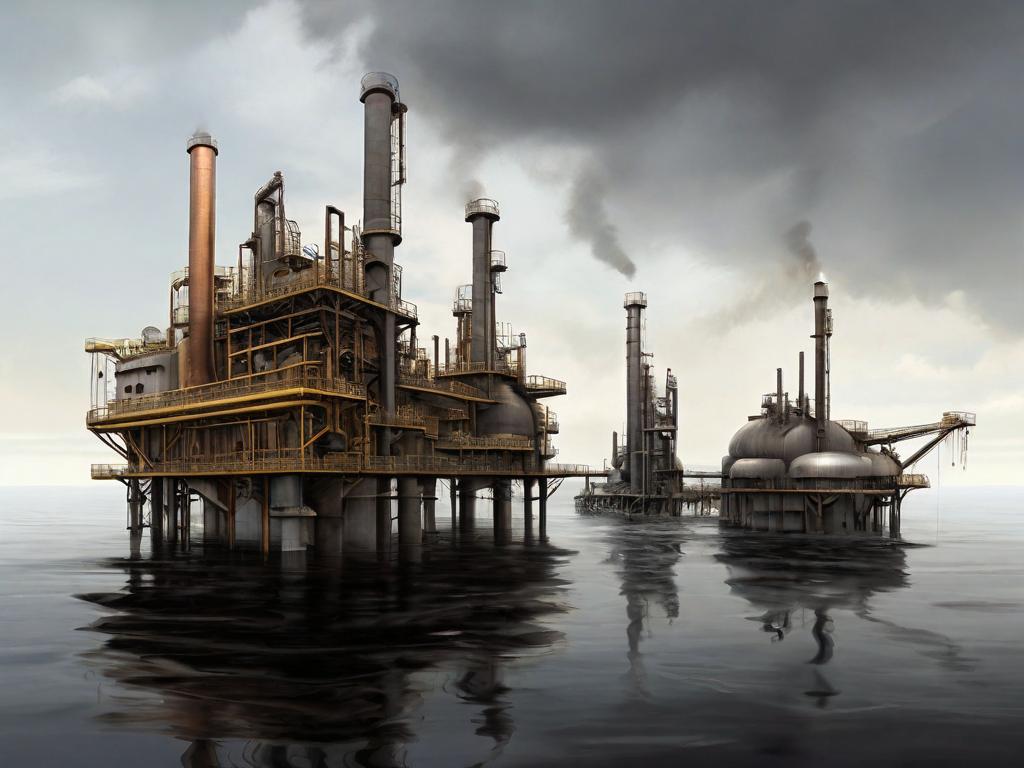As technology continues to evolve, the use of intrinsically safe cameras in hazardous environments has become increasingly prevalent. Leading suppliers like the Intrinsically Safe Store design these cameras to operate safely in potentially explosive atmospheres. However, the use of footage from these cameras raises several policy considerations. This article explores the development of policies for the use of footage from intrinsically safe cameras.
Understanding Intrinsically Safe Cameras
Designers specifically design intrinsically safe cameras to prevent the ignition of flammable substances in hazardous environments. Industries such as oil and gas, mining, and chemical processing use them. The Intrinsically Safe Store offers a wide range of these cameras, designed to meet the highest safety standards.
Why Policies are Necessary
While these cameras provide critical safety benefits, the footage they capture can raise privacy and security concerns. Therefore, it’s essential to develop comprehensive policies to govern their use.
Privacy Concerns
Footage from IS cameras can inadvertently capture private information. Policies should therefore address issues such as where cameras can be placed, what they can record, and who can access the footage.
Security Concerns
Footage from these cameras can also pose security risks if not properly managed. Policies should outline measures to protect the footage from unauthorized access and misuse.

Key Elements of a Policy
Developing a policy for the use of footage from intrinsically safe cameras involves several key elements:
- Clear Purpose: The policy should clearly state the purpose of the cameras and the footage they capture.
- Access Control: The policy should define who can access the footage and under what circumstances.
- Data Protection: The policy should outline measures to protect the footage from unauthorized access and misuse.
- Retention and Disposal: The policy should specify how long the footage is retained and how it is securely disposed of.
Case Study: Oil and Gas Industry
A good example of a policy for the use of footage from IS cameras can be found in the oil and gas industry. This industry often operates in hazardous environments where these cameras are essential. The policy typically includes strict access control measures, robust data protection protocols, and clear guidelines for retention and disposal of footage.
Policies for Intrinsically Safe Camera Footage
As the use of IS cameras continues to grow, it’s crucial to develop comprehensive policies to govern the use of the footage they capture. These policies should address privacy and security concerns, and include clear guidelines on access control, data protection, and retention and disposal of footage. By doing so, organizations can ensure that they use these cameras responsibly and effectively.
If you’re looking for intrinsically safe cameras, visit the Intrinsically Safe Store. We offer a wide range of cameras designed to meet the highest safety standards. For more information, contact us today.


























